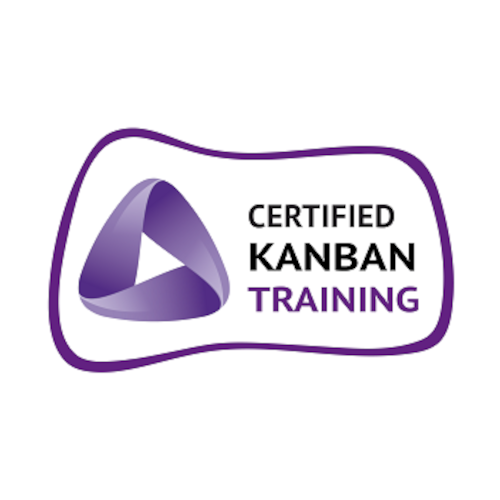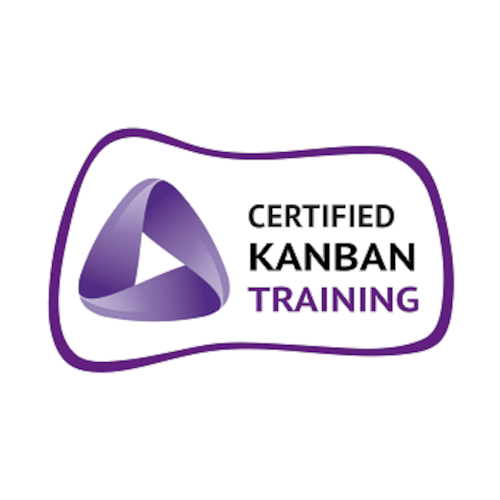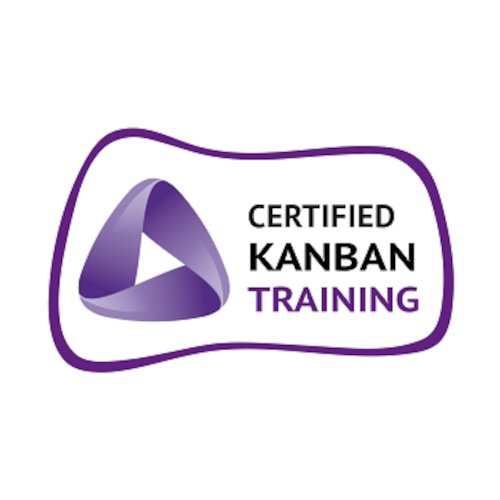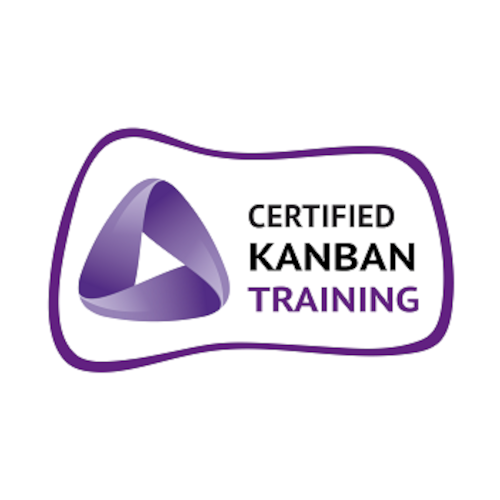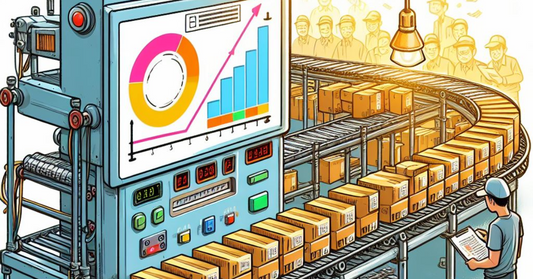What do the Story Point Values Mean?
Share
What do the story point values mean? This is a question that people ask themselves very often when participating in planning poker. Many developers are aware that they are dealing with a modified form of the Fibonacci sequence. However, this knowledge does not help to estimate a task with a certain value. Fortunately, there are Planning Poker cards that address exactly this fact. They visualize the complexity represented. Thus, they give developers assistance in agile estimation. This article gives a brief overview of why we estimate story points at all and how we can get intuitive access to agile estimation techniques with the help of visual support.
The Aims and Goals of Planning Poker
The aim of Planning Poker is to estimate the complexity of the tasks from the product backlog of a development team. I have already explained why it makes sense to work with story points and not with classic effort estimates, in one of my previous articles.
During the estimation process, the team discusses all tasks from the backlog. Planning Poker brings the team closer to a common understanding of the problem. Approaches to solutions are discussed, decisions about software architecture are made and a common view of the problem is gained. Furthermore, the main goal is to estimate the complexity of the discusses tasks. This complexity then serves as the key metric during sprint planning.
Planning Poker and the Cone of Uncertainty
A modified form of the Fibonacci sequence with the values 0, 1, 2, 3, 5, 8, 13, 20, 40 and 100 serves as values for the story points. These values emulate the cone of uncertainty. This describes the risk and the uncertainty when estimating efforts and expenditures in software projects. The further the implementation of a requirement lies in the future, the greater is the uncertainty and risk.
At the same time, the cone gives an indication regarding the time window in which a team should make decisions about architecture and technology. This should happen halfway between specification and implementation. In the case of story points, when tasks have a granularity/complexity of 13, 20 or 40 points. Hence, by estimating story points, the team also gets a feel for which tasks have already been sufficiently discussed and refined, and which tasks are not yet suitable for processing.
What do the Story Point Values Mean?
The adoption of Scrum is well advanced to this day. More and more teams around the world are working with the Scrum Framework. Nevertheless, there are always new teams or young developers who have never worked with Scrum. When they take part in their first Planning Poker, they often ask themselves the same question: “What do the story points mean?”
To support the introduction of agile estimation using Planning Poker, various companies have developed Planning Poker cards that show more than just the plain numbers. The sets show visual representations of their story point values. These can help developers in Planning Poker choose a meaningful point value. Thus, these cards facilitate intuitive access to agile estimation techniques. The following sections show some of these cards and give a brief explanation of what the respective complexity value means.
Point Value Cards in Planning Poker
0 Points
This task is already done and will not generate any further effort. (Therefore, such tasks should rarely appear in Planning Poker.)



1 Punkt
This card is used when a task is so simple that it almost completes itself. It’s just a single Story Point and thus, the task should be of the most simple kind.



2 Points
These tasks are still pretty easy. Even if you give them two points. That’s not just because peanuts are tasty and sticky tape rollers are practical.



3 Points
It may not be as easy as eating peanuts, but it is not overly complicated. Most of all, a task with three points is absolutely no rocket science.



5 Points
This task is like a high jump, and a developer has to stretch properly to complete it. The complexity increases and the implementation is no longer trivial.



8 Points
Use eight points when a task gets too big to be accomplished by one person. The “temperature”, the risk and the uncertainty are already increasing significantly.



13 Points
This task is so complex that it has to be broken down into smaller ones. The cone of uncertainty shows, that decisions about architecture and technology still have to be made here.



20 Points
Now it gets serious, because you do not stand a chance against such a bull without splitting the task! You could also say, that this is about rocket science.



40 Points
In any case, this task is much too big, too risky and too dangerous to be ready for implementation! Break it into smaller pieces before making decisions about architecture and technology.


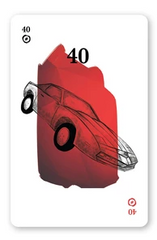
100 Points
At first glance, you can neither estimate the size of the task nor the associated risks. This task is so big, that it mostly likely covers a whole epic, and not just a story.



Special Cards in Planning Poker
The card sets usually contain three additional cards. These show special situations and allow the team to react appropriately. For a requirement, this usually means that it cannot yet be reasonably estimated. Furthermore, the team may also need a break from planning poker to regain their strength, and the sets provide a possibility to indicate just that.
Let's do all at Once
This card comes into play, when a task covers functionality from multiple domains and epics. Even a long discussion would not lead to a reasonable understanding and estimation.



What are we Even talking About?
This is a task with unclear content. A discussion with the product owner has also brought no clarification. The product owner has to break is down and/or rewrite it.



Let's Have a Break!
Use this card whenever you feel you’re losing focus. Concentration is essential for a successful planning poker.



Final Thoughts
As we have seen, it is possible to visually support newcomers to play planning poker by using suitable playing cards. For a Scrum Master, this can also significantly facilitate coaching a team in terms of agile estimation techniques. At the same time, the estimated point values become significantly more consistent. This ensures a more stable velocity and thus also makes sprint planning easier. Playfully designed cards are ideal for introducing Scrum to development teams, and the question “What do the story points mean?” is a thing of the past forever.



